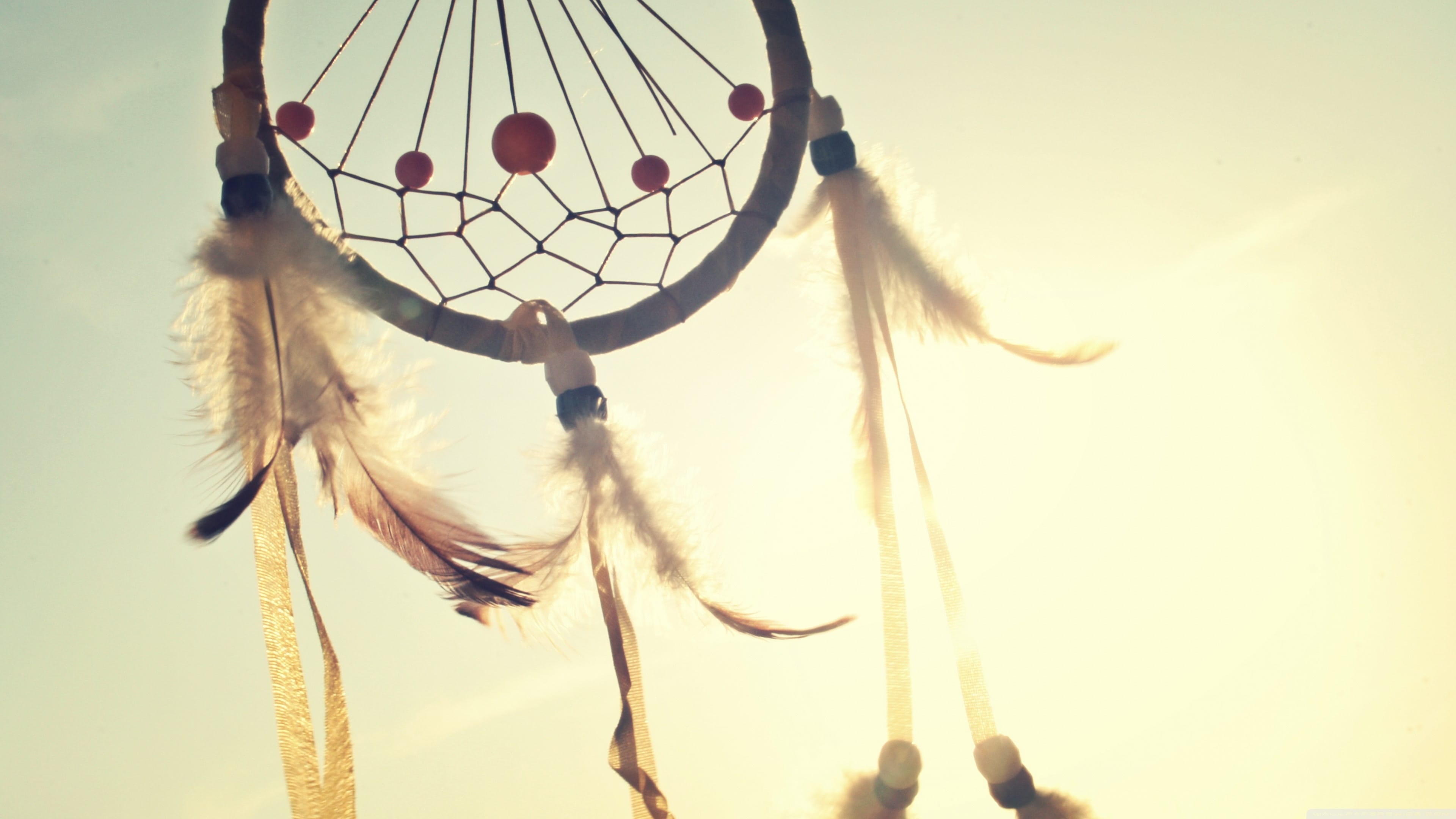Native Americans are disproportionately affected by asbestos-related illnesses. Efforts are being made to lessen this impact and Native American communities are leading the way.
Many backgrounds of people are affected by lung diseases and a variety of other cancers. One community of people within the U.S. population stands out in large as a group that is disproportionately affected by lung cancer. This community is made up of various tribes across the Native American family. In fact, cancer is the leading cause of death in Native Americans and lung cancer is the second leading cancer in both male and female natives. There are many reasons as to why this community is so affected, but some of the factors that play a huge role in this concentrated illness is that Native Americans are exposed more frequently to harmful toxins and have complicated health care systems. Despite the statistics, the Native American population remains resilient and continues to fight back, while creating urgency and providing support to their communities.
Asbestos Dumping on Native Lands
For those who are unfamiliar with asbestos, it is a microscopic fibrous toxin whose use was popular in the 1940s through the 1970s due to its heat-resistant and flame-resistant qualities. However, during the material’s peak use, no one knew how harmful asbestos was to longterm health. When airborne fibers are inhaled, the substance sticks to the walls of the lungs and other organs and symptoms often remain dormant for 10-50 years. Asbestos has been linked directly as a cause for diseases like lung cancer, mesothelioma or asbestosis. Mesothelioma is a rare but completely preventable cancer. A typical prognosis for mesothelioma is poor.
How is this associated with Native Americans, you may ask? For many Native Americans, mesothelioma is a common diagnosis. Lung cancer is the second most common cancer for both male and female natives, according to the American Indian Foundation. This is because historically many Native Americans had occupations that put them in contact with this dangerous toxin. Second hand asbestos exposure heightened this, many times asbestos was carried home on clothing, hair, or skin in time exposing countless families.
Unfortunately, asbestos is a toxic material that many natives may be unaware they ever came into contact with. Native lands have been, and continue to be, used for the illegal disposal of construction material, which is called fly-tipping. This negligent act causes communities to live amongst toxins and carcinogens completely unknowingly. Trace amounts of asbestos can also be found in water supplies on reservations and many natives are actively bringing awareness to these issues. Legal action continues to be taken against many companies known to be involved in fly-tipping practices.
Inconsistencies in Health Care
Native Americans who live on reservations are forced to use the health care systems provided, however many of those health care systems are underfunded and have limited resources. One health care program that is infamously underfunded by Congress is the Indian Health Service, and many natives are forced to use this federal health program. On average there are high levels of poverty in Native American communities, which prohibits them from being able to qualify for health insurance and forces them to use an underfunded organization. Many patients have resorted to driving off the reservation to get appropriate care and since reservations are mostly remote, some have to drive hours to get to a proper facility.

While the federal government has voluntarily taken responsibility through treaties to take care of Native tribes and pay for appropriate health care, Congress is lacking in the budget it allocates to native health care. President Donald Trump has even been reported to have said that only those who are employed will receive healthcare, which will provide a solution to both the high poverty levels and health care qualifications on the reservations. Many natives were frustrated upon hearing this due to the limited career opportunities on the reservations.
Native Americans help their communities
Native Americans have set up foundations like the National American Indian Cancer Foundation (NAICF) to help educate their communities about cancer and getting the proper care. They provide free screenings on reservations, transportation to health clinics, and home health programs for those who need it. Furthermore, they bring attention to the financial burdens and solutions, and hold fundraisers to help raise money and awareness for patients who need the support. With this, they also train local American Indian health systems.
One important initiative that the NAICF is working towards is also to have more accurate records for data to help stop this epidemic for native people and cancer patients in general. Unfortunately, there have been misrepresentations when it comes to race at the time of death for Native American people who have passed on from cancer. People who identify as Native Americans or Alaskan Natives during their lives can often be misdocumented at their time of death. The NAICF is creating initiatives to bring awareness and help accurately identify patients so that there are more accurate health reports and data for the future. They also participate in community-based research and strive to develop relevant reports and presentations for natives and health clinics who are treating them. Their overall mission with this is to eliminate cancer burdens on natives through education, early detection, and survivor support.
While there are many ways that cancer affects the native populations, there is action being taken to help. Poverty is a common issue among native tribes, which creates hurdles for a community that is trying to improve the health of its people. With changes in the way that companies respect reservations by restricting fly-tipping, and improvements in the healthcare systems of the Native people, the health of tribes affected by cancer is sure to improve.


Join the conversation!